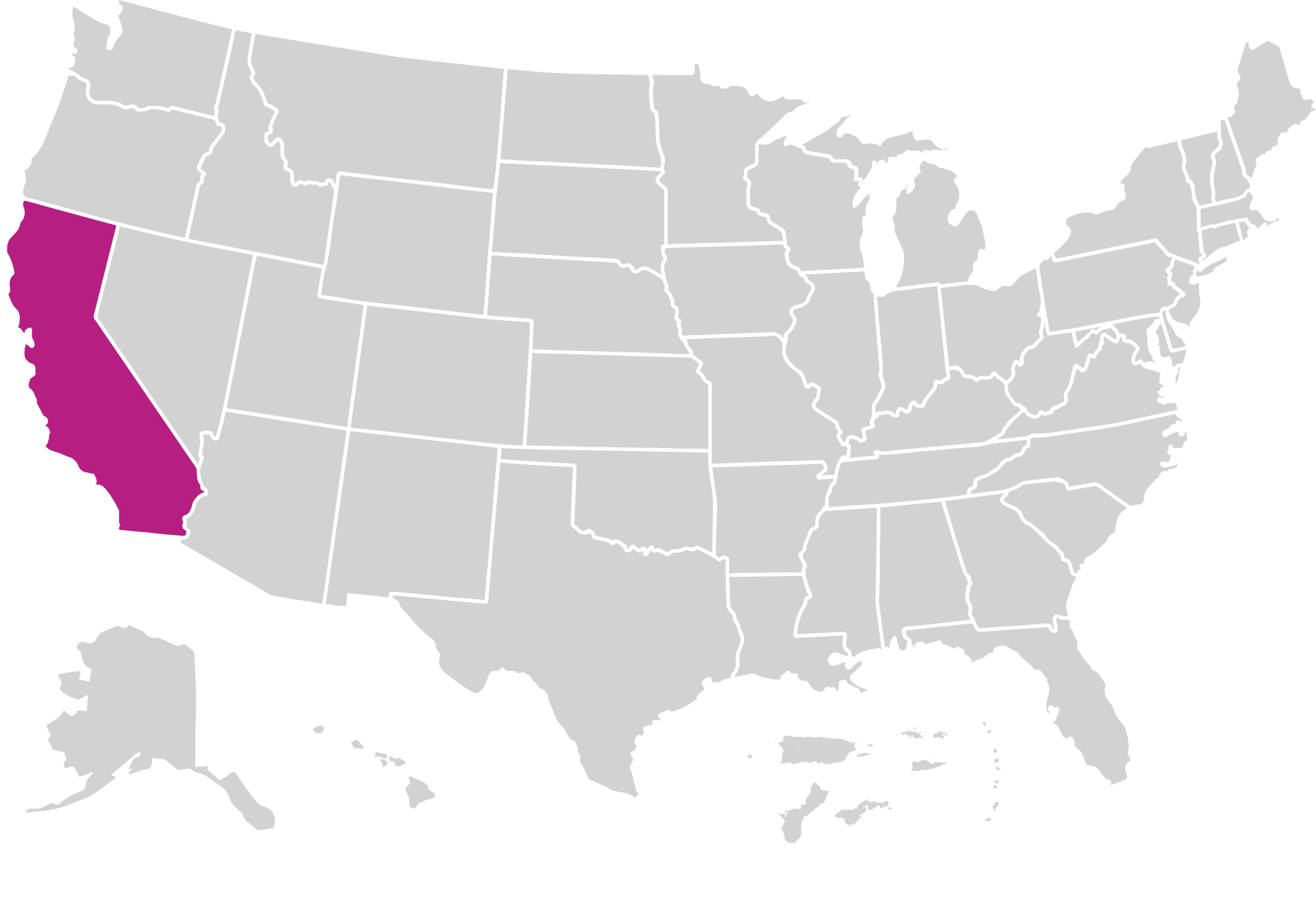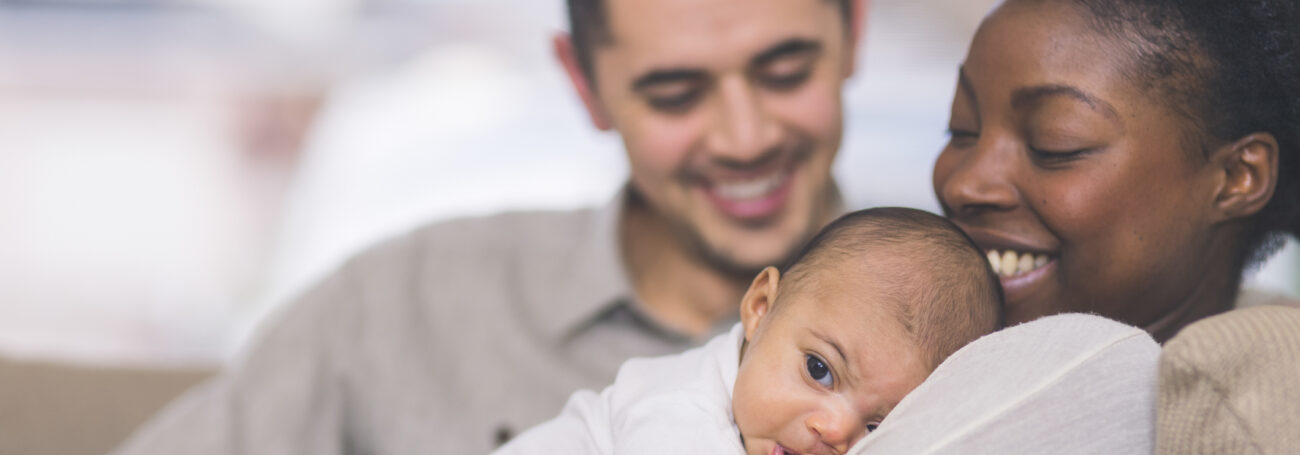Welcome Baby
Welcome Baby is a voluntary, universal hospital- and home-based intervention for pregnant and postpartum women. Welcome Baby works with families to maximize the health, safety, and security of the baby; build a strong parent-child relationship; and facilitate access to support services when needed. See welcomebaby.labestbabies.org for details.
What is the model’s approach to providing home visiting services?
Welcome Baby provides a home visit before the 27th week of pregnancy, followed by a phone call check-in and a home visit after the 28th week of pregnancy. Families receive five home visits after their baby is born. A registered nurse makes the first visit 3 to 14 days postpartum. A parent coach then visits the family at 2 to 4 weeks, 2 months, 3 to 4 months, and 9 months postpartum. Services are provided until the child is 9 months old. Welcome Baby recommends families initiate services prenatally if their location permits, or at the time of birth in a participating hospital.
Welcome Baby serves all families with young children. Some local programs have specific eligibility requirements.
Who is implementing the model?
Home Visitors
Welcome Baby was implemented by 192 home visitors in 2018. The model requires at least a bachelor’s degree for home visitors. The maximum caseload requirement for home visitors is 100 families.
Supervisors
Welcome Baby was implemented by 68 supervisors in 2018. The model recommends at least a bachelor’s degree for supervisors.
Where is the model implemented?
Welcome Baby operated in one state in 2018.

Families Served Through Home Visiting in 2018
Race
* American Indian/Alaska Native
3% Asian
6% Black
<1% Native Hawaiian/Pacific Islander
3% White
1% Multiple
87% Other
Ethnicity
77% Hispanic or Latino
23% Not Hispanic or Latino
Child age
100% < 1 year
Caregiver education
26% No HS diploma
39% HS diploma or GED
26% Some college or training
9% Bachelor's degree or higher
Child insurance status
91% Public
9% Private
<1% None
Primary language
63% English
36% Spanish
1% Other
Household income
69% Low-income status
31% Not low-income status
